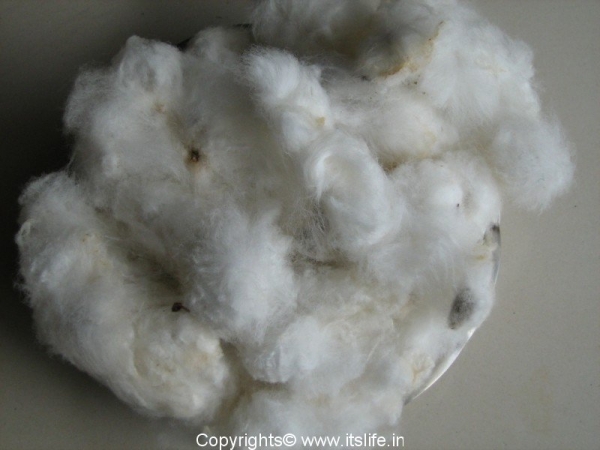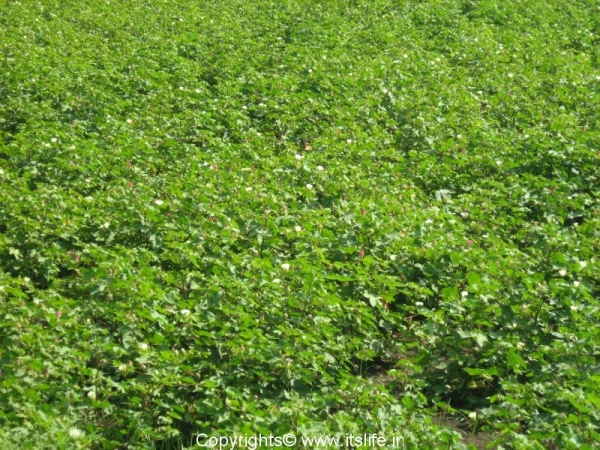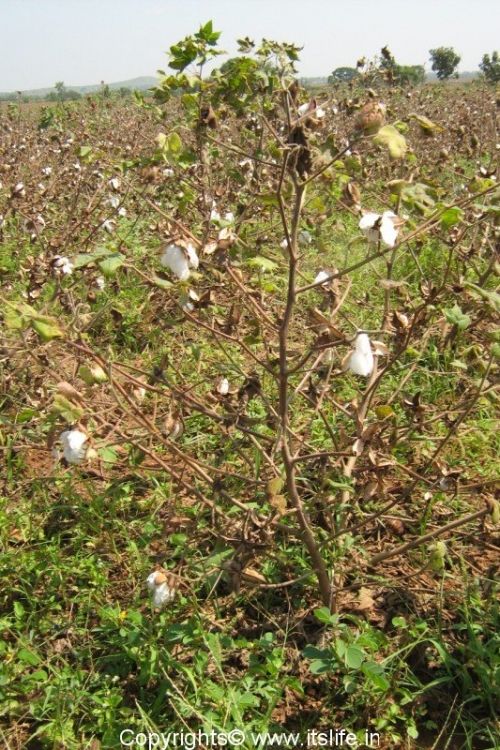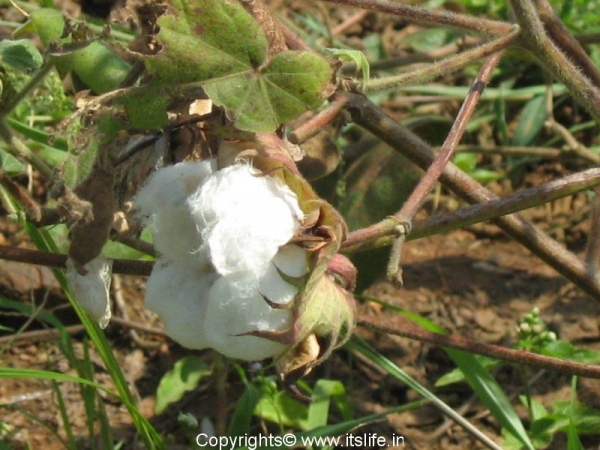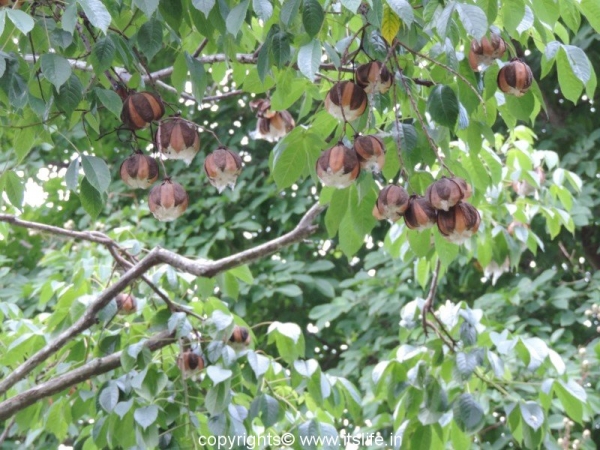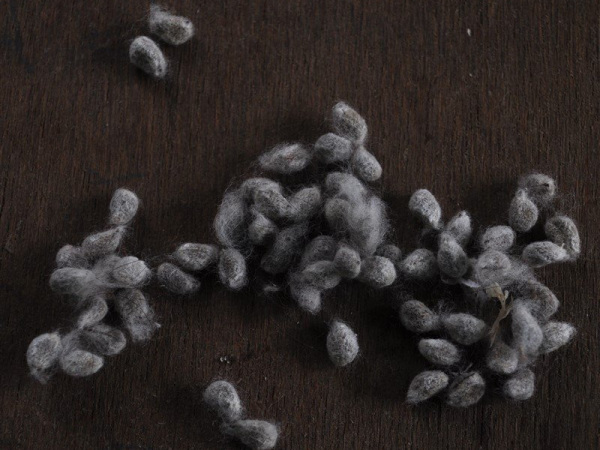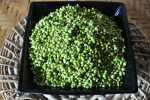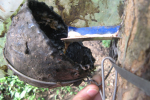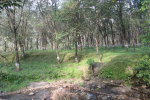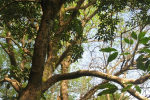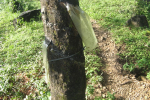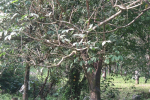Once during summer holidays as we were walking back home from my Mama’s/Uncle’s bungalow surrounded by fields in North Karnataka village, a bullock cart loaded with bales of cotton belonging to my Mama passed by. We stopped the cart and few of us cousins clambered on the bales and completed our journey. It was a jovial ride and the height added to the thrill. It was cotton-harvesting time!
Cotton plant is a perennial shrub native to tropical and subtropical regions around the world, which includes Americas, India and Africa. Cotton is a soft fibre that grows around the seeds of the cotton plant. This fibre is spun into thread and woven to make natural textiles. In India, Egypt and China cotton has been spun, woven and dyed since prehistoric times.
Due to the British East India Company’s de-industrialization of India in 18th and early 19th centuries many cotton manufacturing and processing units were closed and the Indians were forced to buy products made in Britain. This led to Gandhiji’s Swadeshi/self-sufficiency movement, which introduced the charaka/the spinning wheel. The people of India used this wheel to spin raw cotton, silk or wool into threads. These threads were woven into cloth by hand, this cloth was known as Khadi. Khadi now is a symbol of Independence struggle and the Indian flag is supposed to be made using only Khadi material.
Cotton plants thrive in black soil, which is abundantly found in many parts of India. The plants require plenty of direct sunlight, moderate rainfall (24 to 48 inches), and long frost-free period. They are cultivated annually and the leaves resemble the maple leaves and the flowers are white, off-white or pink. Flowers have five big petals and when they wither, they expose pods having a thick and rigid exterior layer. These pods burst on maturity, revealing the soft white fibers around black seeds.
In the wild the plant grows up to 8 to 10 meters, but they are restricted to 2 to 3 meters for easy harvesting.
The uses of cotton are many and one of the main uses is in the textile industries. The market for towels, clothes, denim, bedspreads, socks, T-shirts, shirts, mattresses etc., is ever increasing. It is used in the medical field, for paper making, coffee filters and fishnets. Raw cotton is used by Hindus to make a garland known as “gejjevastra”, which is an important pooja item that is offered to gods and goddesses during pooja/ritual.
The cottonseed, which is left over after the cotton is ginned is crushed to produce cottonseed oil.
The Oil, after refining is edible. The cotton feed left after extracting oil is fed to the cattle. It is supposed to be a very good for cattle nursing young ones.
The leading exporters of cotton are the United States, Uzbekistan, India, Brazil, and Burkina Faso.
The lyric of the popular Abba song during the 80’s goes like this “Gonna jump down Spin around Pick a bale of cotton” shows the popularity of this goodness of nature.
